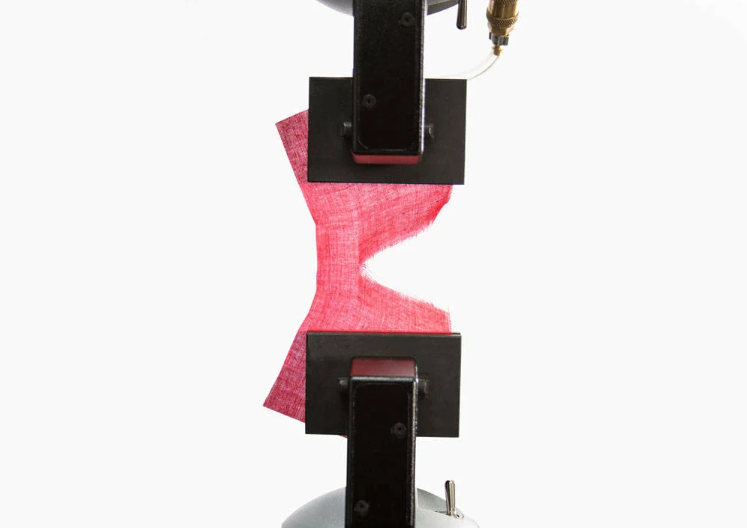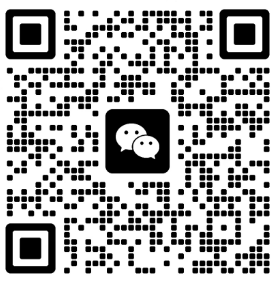This standard applies primarily to most woven textiles, but it is also applicable to fabrics produced using other technologies.
This method specifies a procedure for determining the tear force of textile fabrics using the trapezoidal method. A rectangular specimen
is marked and prepared so that it can be loaded into the gripping faces at an angle that spreads the tear across the entire specimen.
For this test, it is important to increase the test data rate to ensure that a large number of data points are captured. This is because the
data rate must be fast enough to capture these peaks as individual fibers in the fabric fail.
Pneumatic side-action grips with rubber-coated jaw faces are ideal for clamping trapezoidal specimens. While manual grips can also be used,
many prefer pneumatic side-action grips for ease of use, high productivity, and better repeatability. Adjustable gripping pressure also allows the
user to fine-tune the gripping pressure to avoid jaw breakage or slippage.



